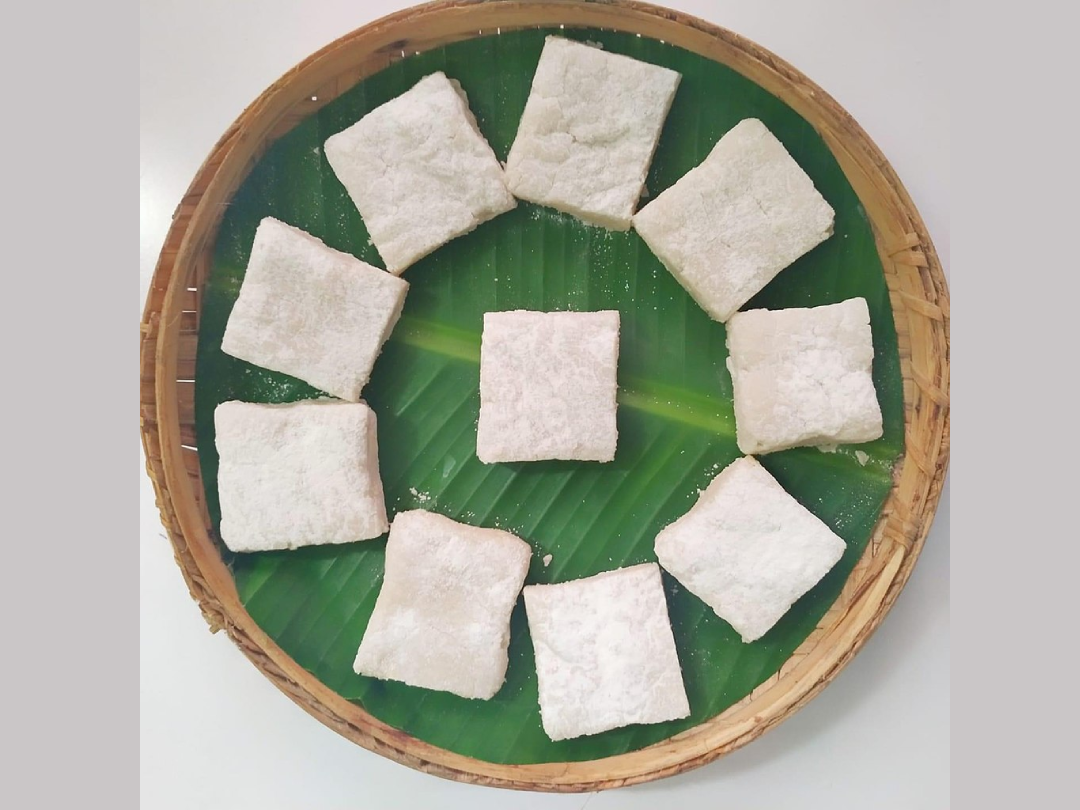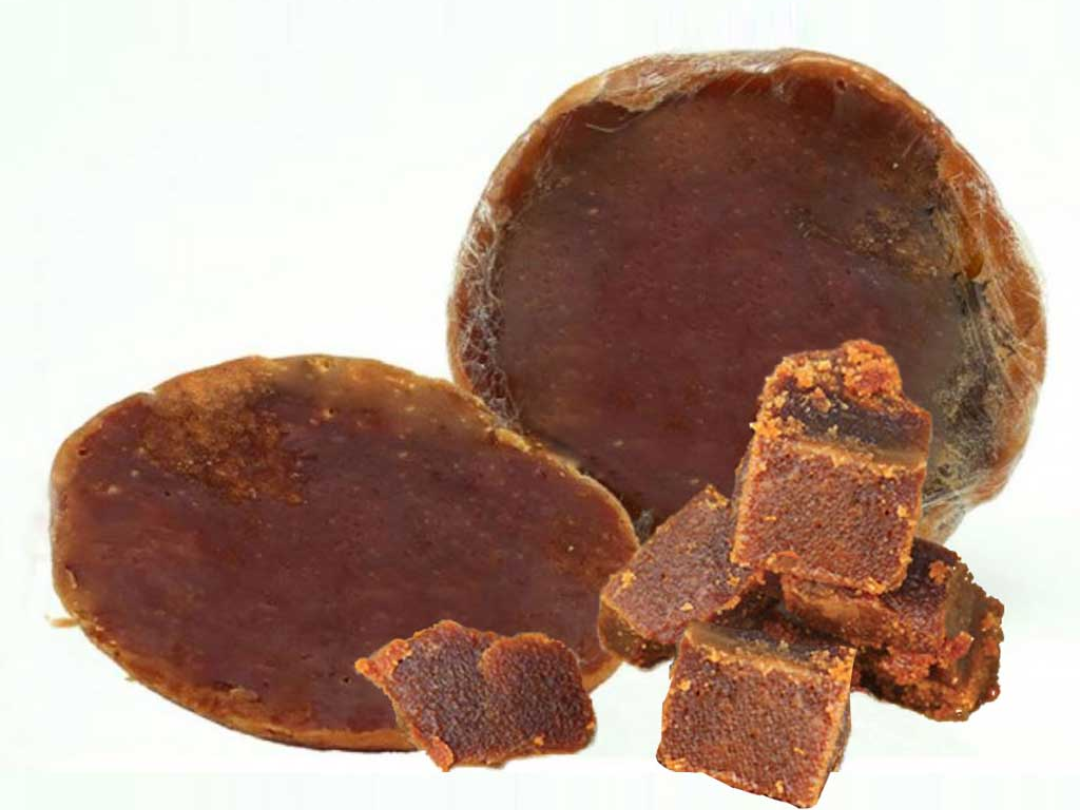If you’re ever visiting Negombo, Sri Lanka, there’s one local sweet you simply can’t miss—Negombo Aluwa. Also called Mīgam̆u Aluwa, this delicious treat has long been a part of the island’s culture. Whether it’s being passed around at weddings, shared during the Sinhala and Tamil New Year, or enjoyed at religious festivals, Aluwa symbolizes prosperity and togetherness.
In Negombo, they’ve added their own twist to this traditional sweet, blending local ingredients with the flavors left behind by Portuguese and Dutch settlers.
The Cultural Importance of Negombo Aluwa
For the people of Sri Lanka, this sweet is a beloved part of Sri Lankan celebrations, especially during the Sinhala and Tamil New Year. In almost every home, you’ll find trays filled with aluwa, symbolizing prosperity and the hope for a successful year ahead.
It also used to be a regular feature at weddings, representing the sweetness of the union, and at religious ceremonies, where sharing food embodies togetherness and generosity. But at present, it’s rare to see alula and traditional sweets at weddings. The tradition of serving traditional sweets at weddings has faded away with the time.
But in Negombo, aluwa has an even more special place in Sri Lankan culture. It reflects the town’s coastal culture and colonial past. Passed down through generations, each family adds its own unique flair, making this simple treat a reflection of the community’s identity.
The Unique Ingredients and Preparation of Negombo Aluwa
Negombo’s version of aluwa and the normal aluwa The core ingredients are the same: roasted rice flour, coconut milk, jaggery (or sometimes sugar), and a touch of cardamom for a fragrant spice kick.
But what makes it unique is the optional additions, like cashews or sesame seeds, that elevate the flavor and texture. The roasted rice flour gives aluwa its signature crispy texture, while the jaggery lends a deep, caramelized sweetness. You can truly taste the coastal influence with every bite.
Influence of Colonial History
Interestingly, Negombo’s version of aluwa carries the unmistakable stamp of Portuguese and Dutch colonization. The Portuguese brought spices like cardamom and cloves, which were later integrated into the recipe, adding aromatic richness to this humble sweet.
Similarly, the Dutch, who were known for their love of sweet treats, further encouraged the development and adoption of aluwa as a dessert staple in the region. This blend of cultures is what makes Negombo Aluwa so unique.
A Staple of Festive Periods and Local Markets
One of the most beautiful things about Negombo Aluwa is that it isn’t just a commercial product; it’s deeply personal. Families in Negombo often pass down their secret recipes, adding their own unique touches. Some might add extra cashews, while others might flavor their aluwa with tropical fruit essences.
During festive periods, such as Easter in Negombo, you’ll see vendors lining the streets, offering freshly made aluwa to people visiting St. Peter’s Church.
It’s a sight that draws both locals and visitors alike, adding to the festive atmosphere. In fact, even today, vendors from Negombo bring aluwa to various parades across the island, including the famous Kandy Esala Perahera. This tradition has continued for generations, making aluwa a must-have treat at Sri Lanka’s biggest celebrations.

Slices of aluwa are beautifully presented on a banana leaf, showcasing a traditional Sri Lankan sweet treat. – CC BY-SA 4.0
Negombo’s Rich History with Sesame and Sweet Production
Beyond its festivals and parades, Negombo has long been known for its production of sweet goods. In fact, according to the Gardeners’ Chronicle, Horticultural Trade Journal (Volume 80) published in 1926, Negombo was a major producer of honey, coconut nectar, and jaggery—all key ingredients in the making of aluwa. The town was also famous for producing various sesame-based sweets, including laskirina and ada, which were often paired with aluwa to create indulgent snack platters.
The Talahena area of Negombo played a particularly important role in the cultivation of sesame. Back in the day, sesame was grown extensively here, and the locals used it to produce a range of sesame products, including variations of aluwa.
Nutritional Content

Aluwa, often made with jaggery, offers a healthier alternative to refined sugar, preserving more of its natural nutrients.
While aluwa has some nutritional benefits, for every equal-sized piece, you’re getting about 145 kilocalories of energy, 1.5 grams of protein, and 3.4 grams of fat. While these numbers may seem small, remember that aluwa is often made with jaggery, which is considered a healthier alternative to refined sugar, as it retains more of its natural nutrients.
And if you’re lucky enough to get your hands on aluwa with cashews, you’re in for an extra health boost. Cashews are known for their ability to lower bad cholesterol (LDL) and increase good cholesterol (HDL), making them heart-healthy additions to this already delicious snack.
